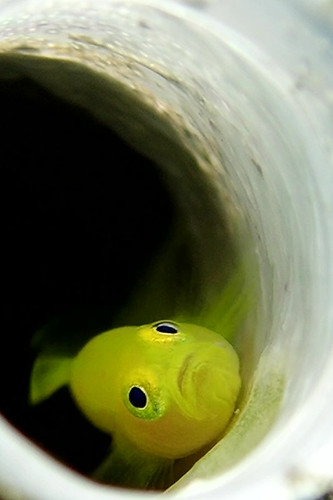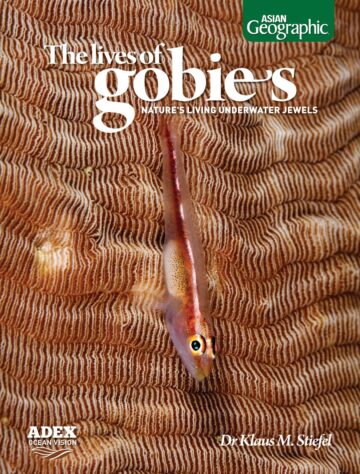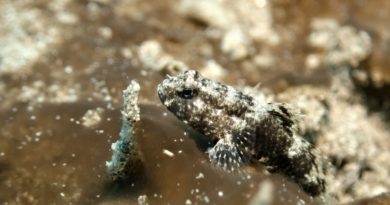A Kulturfolger Fish
What is a Kulturfolger? Kultur is “culture” in German, but culture in a wide sense, not just opera and painting, but material culture in general: our ability to use tools and packaging, to build houses and roads, to modify the environment in multiple ways. A Kulturfolger is an animal which makes good use of these human environmental modifications. Rats, very much at home in our basements and roofs, storage warehouses and ships, are a great example for Kulturfolger. Crows, which do well in cities, and pigeons are others.
A small yellow goby, Lubricogobius exiguus, is a curious type of marine Kulturfolger. This small fish lives almost always in association with human trash – Unkultur (un-culture), more than Kultur. I have seen it in discarded textiles, on plastic wrappers and in beer bottles. I have rarely seen it not at home in rubbish. Check out these shots:
The shots above are mine, but if you search Flickrfor Lubricogobius exiguus, or click on the tag with the species name below my images you will find lots of images of these fish living in or on human artefacts. These are really pretty little fish, but they are trash-inhabiting fish.
But check out this image:
This is a goby in a tube built by a now-dead worm.
I assume that the fish evolved to take advantage of invertebrate skeletons and burrows, such as urchin and snail shells or worm tubes like the one above. When humans started dumping all kinds of trash into the ocean, a lot of the trash was similar enough to the invertebrate shells, and the gobies readily adapted. A curious example how human environmental vandalism actually helps some species – this is of course not a good reason to dump plastic into the ocean, just like open trash dumps on land are not a good idea, just because they feed rats. But just as there are much more rats on Planet Earth due to humans, there are most likely more Lubricogobius exiguus in the ocean due to humans as well.
I also filmed the goby pictured above. It used the upper rim of the worm tube to lay its eggs! I only noticed the eggs once I looked at the footage, which is something which happens once in a while with macro videography. As usual, I tried to infuse the video with some humor. Enjoy!
If you like my writing about fishes, please check out my latest book:




